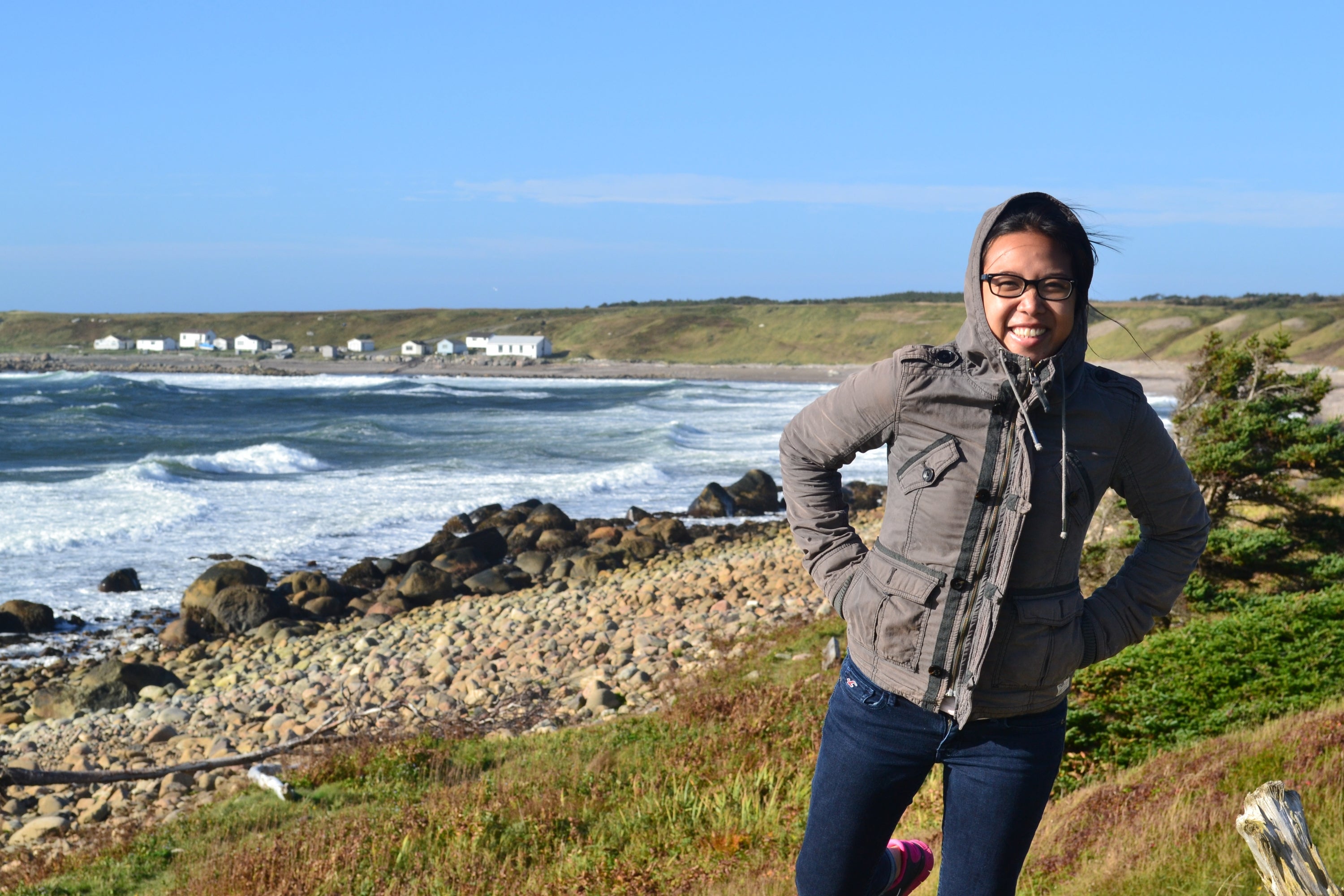Supervisors
- Dr. Mark Servos [Biology, University of Waterloo]
- Dr. Susan Andrews [Civil Eng., University of Toronto]
Project
Removal of representative organic micropollutants and their associated biological activity using nanotechnology
Research Interests
As we experience rapid population growth, the increased demand for safe drinking water becomes inevitable. Our centralized treatment/distribution systems are currently under stress as available technologies experience difficulties in meeting increasingly strict standards and face issues that have not been originally anticipated. For instance, source waters have become more contaminated as they receive larger influxes of nutrients arising from higher volumes of wastewater treatment effluent discharges and agriculture runoffs. Our water supply systems are also dealing with organic micropollutants (OMPs) that may have a potential threat to human health as they are being recycled back into drinking water. Of emerging concern are pharmaceuticals, personal care products, and industrial chemicals which comprise the vast majority of the currently identified OMPs in the aquatic environment.
Studies have been conducted to understand the removal of OMPs in drinking water sources but most have found that conventional treatments remain ineffective in removing a suite of OMPs. The use of nanotechnology for water treatment worldwide has been recently well received due to its low cost and recognized environmentally sustainable solution. It has been suggested that continuous nanotechnology research will foster safe and sustainable development. They also projected that by 2020, nanotechnology will likely extend the sustainability limit in water by ten years.
My interests in nanotechnology fall specifically on the use of titanium dioxide (TiO2) nanowires in removing OMPs in various water matrices (e.g., wastewater). TiO2 acts as a photocatalyst where upon light activation, creates a condition for reactions that attack organic molecules and convert them into carbon dioxide and water. Our research group exploits TiO2 by improving its properties to accommodate the water treatment needs exhibited by OMPs in the environment.
I have an environmental engineering background but am completing my PhD in Biology where there is expertise on effects endpoints and trace analysis of contaminants. I also work closely with material science experts from Mechanical Engineering (University of Waterloo) on the synthesis of nanowire membranes. The integration of ideas coming from different fields is beneficial in assessing the potential use of TiO2 in removing OMPs in the environment and, most importantly, in source waters of Canadian drinking water systems.
Follow me on twitter: @mj_arlos
After her postdoc at Eawag in Switzerland, Maricor is now a professor at the University of Alberta.
